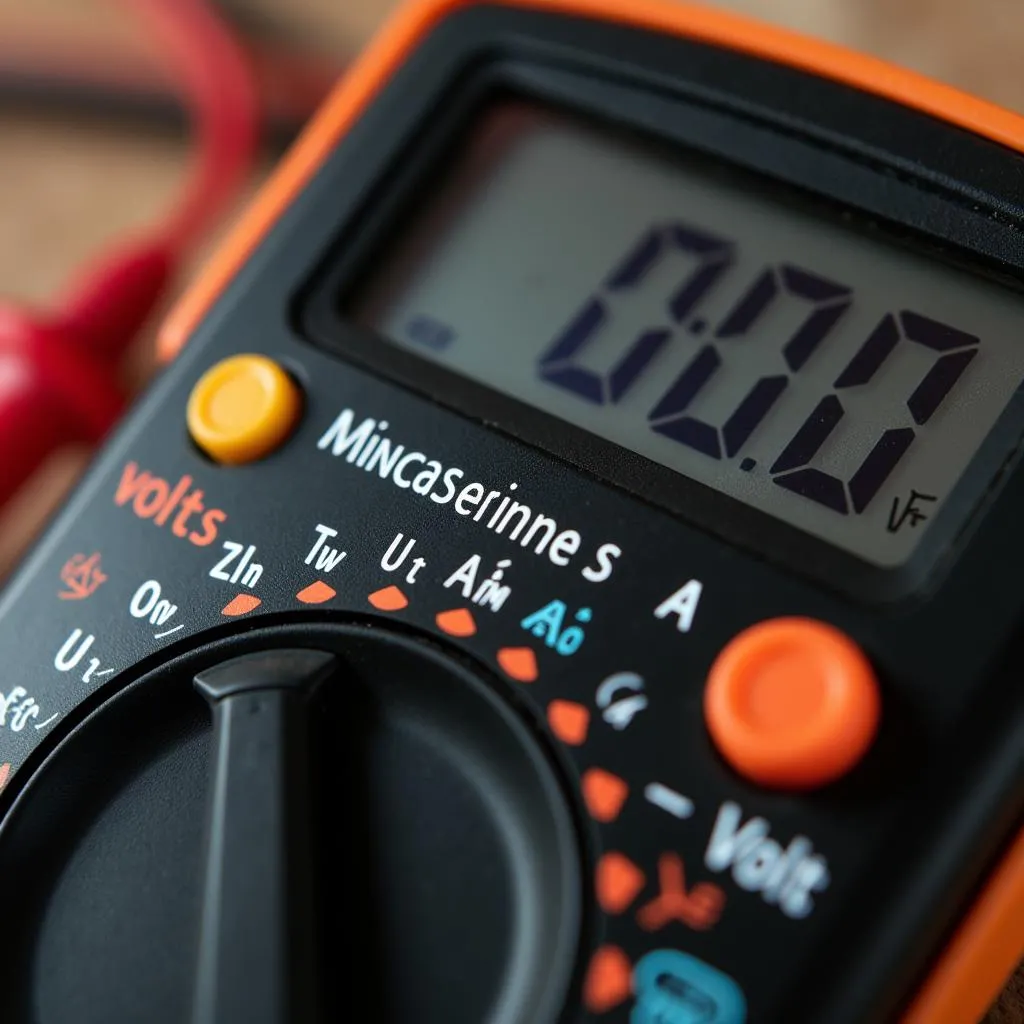For many auto mechanics, a multimeter is as essential as a wrench. But what exactly is behind the complex structure of a multimeter? How do you correctly interpret the readings and utilize the full potential of this indispensable tool? In this article, we delve deep into the world of multimeters and shed light on everything you need to know about their anatomy.
The Heart: The Inner Workings of a Multimeter
Behind the robust housing of a multimeter lies sophisticated technology. Simply put, it consists of the following components:
- Measuring Mechanism: The core of the multimeter, which converts the current to be measured into a readable value.
- Range Selector Switch: This allows you to select the desired measurement quantity and range, such as voltage, current, or resistance.
- Test Leads: The red and black test leads connect the multimeter to the circuit.
- Display: The measured value is displayed digitally or analogically on the screen.
- Additional Functions: Modern multimeters often offer additional functions such as diode testing, frequency measurement, or temperature measurement.
Understanding the Language of the Readings
A multimeter provides precise information about the condition of an electrical circuit. But how do you read the displays correctly?
- Voltage (Volts, V): Measures the electrical potential difference between two points.
- Current (Amperes, A): Measures the flow of electrical charge.
- Resistance (Ohms, Ω): Measures the opposition of a conductor to the current flow.
 Multimeter display showing readings
Multimeter display showing readings
“A deep understanding of the measured quantities is crucial to decipher the language of the multimeter,” says Dr. Markus Schmidt, author of the textbook “Automotive Electrical Systems and Diagnostics.” “This is the only way to precisely locate and fix sources of error.”
Advantages of a Multimeter in the Auto Repair Shop
A multimeter is an indispensable tool for any auto mechanic. It offers numerous advantages:
- Versatility: A multimeter can be used for a wide variety of measurements.
- Accuracy: Modern multimeters provide precise measurement results.
- User-friendliness: Operating a multimeter is relatively simple.
- Affordability: High-quality multimeters are available at affordable prices.
 Automotive technician using a multimeter in a car engine bay
Automotive technician using a multimeter in a car engine bay
Common Applications in Automotive Diagnostics
The applications of a multimeter in the auto repair shop are diverse:
- Checking battery voltage
- Troubleshooting short circuits and wire breaks
- Measuring alternator output
- Diagnosing problems with sensors and actuators
Conclusion: One Tool, Countless Possibilities
The anatomy of a multimeter may seem complex at first glance, but with a little practice, operation quickly becomes routine. Investing in a high-quality multimeter is worthwhile for any automotive professional who values precise measurements and efficient troubleshooting. Visit our website autorepairaid.com for more information on multimeters and other diagnostic tools. Our team of experts is available to answer your questions.

